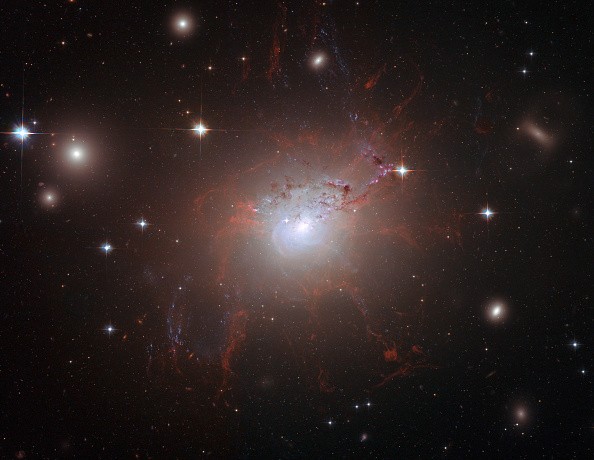ESA's new Arrakhis orbiting satellite is expected to track down dark matter, one of the most elusive and mysterious substances in space.

For the past few years, researchers have believed that dark matter is more abundant than normal matter.
However, current technologies are having a hard time detecting this substance.
Researchers were only able to infer the existence of dark matter because of its gravitation effect on its surroundings, which is comparable to normal matter's effects.
ESA's New Arrakhis Orbiting Telescope
According to Interesting Engineering's latest report, the European Space Agency is expected to launch the new Arrakhis space telescope around 2030.

This new orbital telescope is quite different from other models since it is classified as fast (F).
This means that it is more focused and smaller. It also has a faster turnaround compared to other ESA missions, less than 10 years to launch.
"ARRAKIHS is a welcome complement to the upcoming large space observatories, such as ESA's Euclid and NASA's Roman Space Telescope," said ESA Director Gunther Hasinger via the official ESA Call for Missions.
Tracking Down Dark Matter
ESA explained that Arrakhis's twin binoculars could characterize the number and nature of low-mass dwarf galaxies.
Astronomers explained that dark matter might be distributed unevenly across the universe. This could form a cosmic web, which dwarfs galaxies could populate.
If Arrakhis can discover more dwarf galaxies, experts can use its data to understand dark matter further.
You can visit this link to learn more about the upcoming ESA orbiting satellite.
While ESA is preparing to launch the new Arrakhis telescope, other out-of-this-world discoveries are happening.
Recently, physicists watched the sun send eight barrages of violent solar flares.
We also reported that Europe's new weather satellite, which can track unpredictable climate crisis events, was launched.
For more news updates about space telescopes and other similar technologies, always keep your tabs open here at TechTimes.
Related Article : Astronomers Find Twin Exoplanets that May Be Water Worlds Using Hubble and Spitzer Data

ⓒ 2025 TECHTIMES.com All rights reserved. Do not reproduce without permission.




